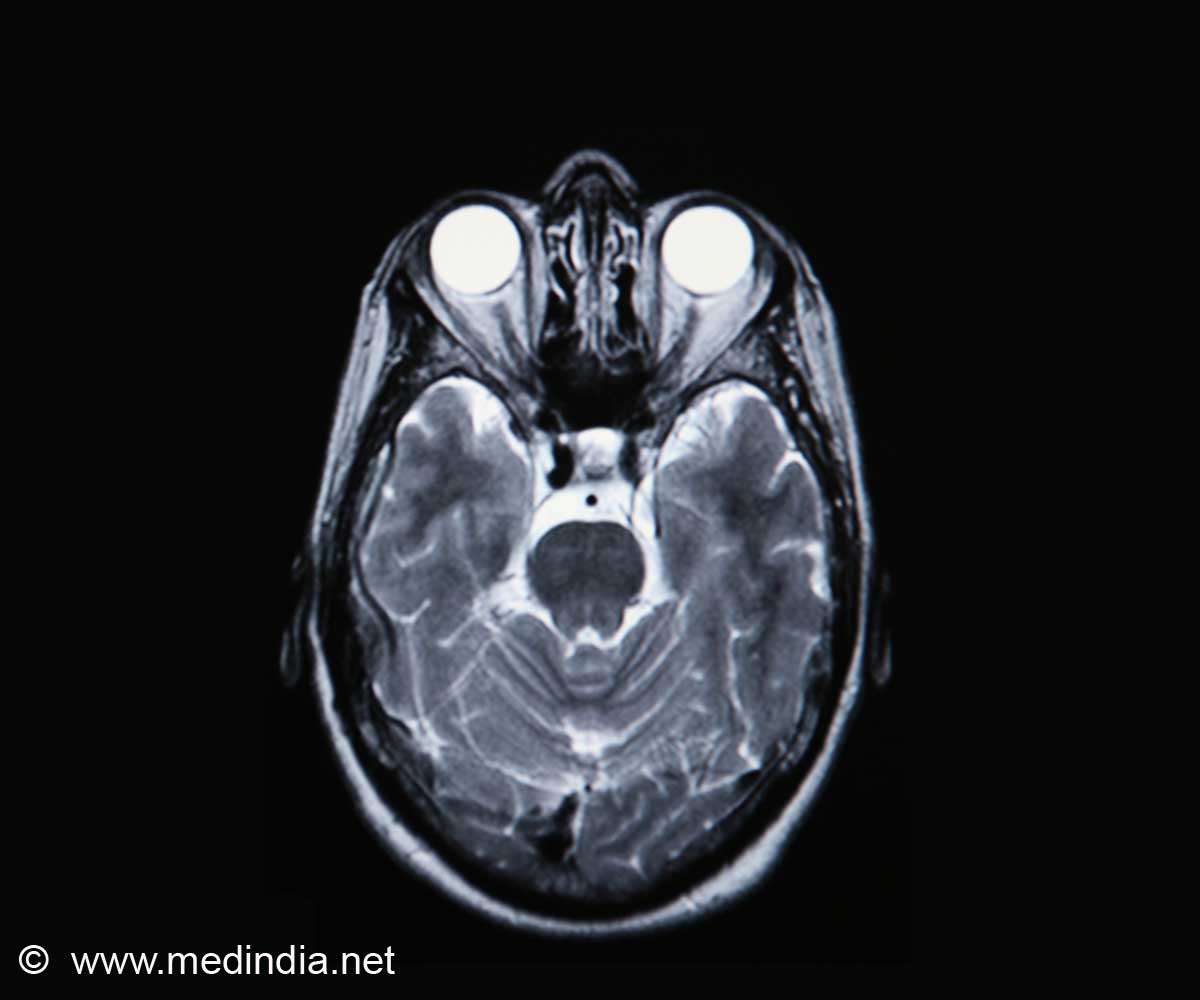Researchers at Uppsala University, together with American colleagues, have shown that one and the same cell of origin can give rise to different types of glioma.

"Since the tumour types look different and have different prognoses it has been assumed that they arise from different cells of origin in the brain, but the fact is that the exact cell of origin has not been determined for any glioma. We have for a long time been interested in finding out more about the origin of gliomas and how it is associated with the genetic alterations that cause the tumour," says Lene Uhrbom, researcher at the Department of Immunology, Genetics and Pathology, who has led the study.
In collaboration with colleagues in the United States, Lene Uhrbom's research group has studied glioma development in mice. Using tumour models for both astrocytoma and oligodendroglioma, which are very similar to human tumours, they could show that one and the same cell type, called oligodendrocyte precursor cells, could give rise to both tumour forms.
The researchers discovered that it is not the cell of origin but rather the genetic aberrations that control which tumour type is formed. By analysing gene activity in a large number of human astrocytoma and oligodendroglioma they could also conclude that the tumours are more similar to one another than was previously believed. This supports their finding that the glioma diagnoses can have the same origin.
"We saw that the same kind of more differentiated cell of origin, which has previously only been shown to give rise to oligodendroglioma, also can give rise to astrocytoma. New findings such as these increase our understanding of the basic mechanisms that cause glioma," says Lene Uhrbom.
Source-Eurekalert















